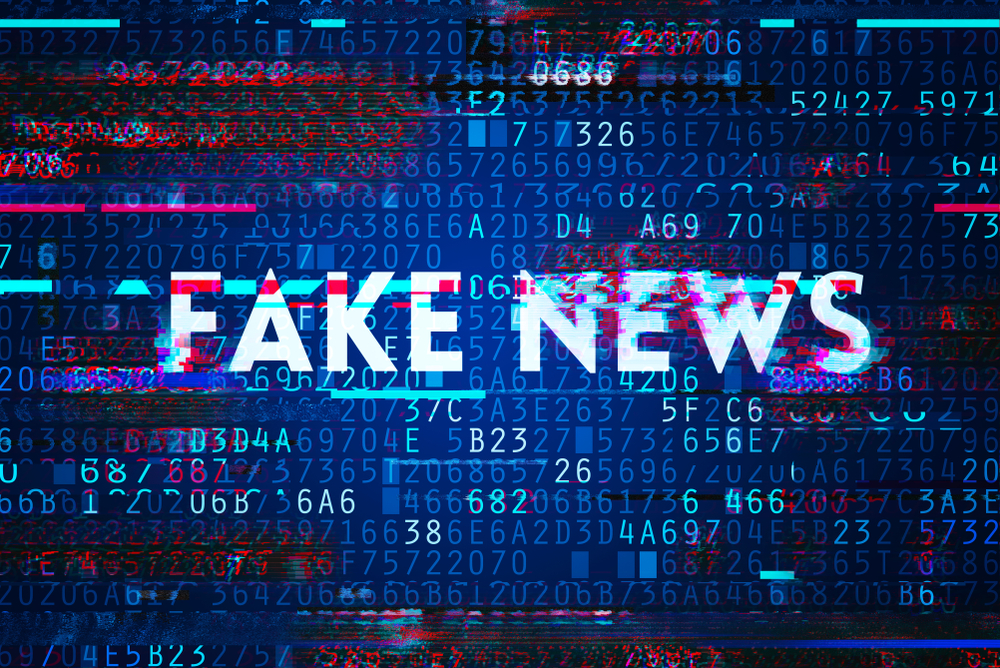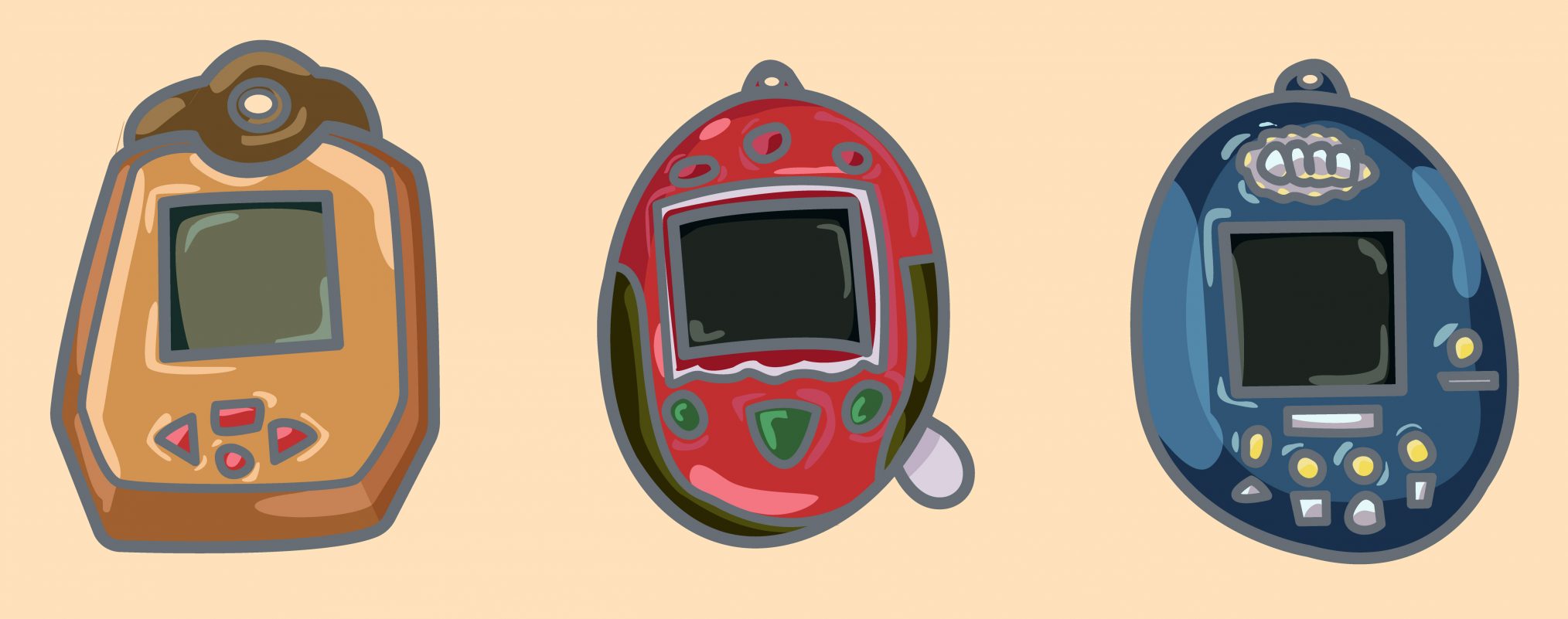The start of the year is usually a contemplative one; taking stock of the past year and charting what we would like to achieve in the next 90 days, and quarters to come.
One of the many pinnacles of 2018 for myself was being invited to be a jury member of SPIKES Asia, as it was a great honor to have a view of the plethora of great work from around the region. As we begin the New Year, my jury experience and the creative work it presented are fresh in my mind. I’ve reflected on the talented minds I met; the thoughts and ideas pushing at the edge of innovation; the cases at SPIKES that prove that what the mind can conceive, the mind can achieve.
From those musings I’ve identified six points that signal and separate great work from good work. I consistently saw these points implemented across the work submitted to SPIKES, and I believe these six points can provide a compass with which to navigate 2019 and beyond.
1. Strategic Value in Purposeful Communication
“Good design is good business.”
– Thomas J. Watson Jr., second president of IBM
While it’s true that the industrial revolution is the birthplace of the advertising industry, commercialization and capitalism, we must not forget to incorporate a deeper meaning in the work we do, as it must have a deeper purpose beyond dollars and cents. It is not enough to inform or just entice consumers with product, price and performance; communication needs to be purposeful. It needs to be able to play a strategic role in the life of the consumer and address and problem solve unspoken needs, be it social, psychological or cultural tension.
It is through observation of a consumer that we are then able to cull unique solutions for the brand to play a role in the consumer’s life. Purposeful communication goes beyond corporate social responsibility or ethical marketing. Carefully designed strategic communication addresses human needs, adds value to both consumer and brand, and ultimately differentiates great work from good work.
Ponder:
- What are the cultural, social or psychological tensions of the targeted consumers?
- How are you going to problem solve and make a difference in the lives of the consumers?
- What is the role of the brand beyond selling?
- Define the strategic value. How does this role fit into the core business?
2. Dance with Data
“Data is the new oil.”
– Clive Humby, Chief Data Scientist at Starcount
The buzz of big data and data scientists has proliferated the wall of board rooms throughout the past year. It isn’t merely undue hype – the conversation will stay and become part of the daily discussion of marketers. The winners will be those who ultimately learn the steps to dance with data to their advantage.
Great work that comes through today is inspired by looking deep into the data, moving beyond the hygienic demographics data and diving extensively into interest, behavioral and commerce. Great work taps into multiple stacks of data sources, from media through to till traffic, and makes sense of it to find the magic thread that links. Great work allows data to flow seamlessly across the consumer journey, which creates a closed data loop for better analysis and optimization. Great work understands the need for data to be fused with other data to unlock its potential, through open collaboration data partnerships and exchanges.
Data with the help of machine learning and algorithms assists in accelerating the processing of data, but for data to turn into gold, it needs human intervention and creativity. The merge of man and machine gives birth to great work and that fuels business growth.
Questions to ponder:
- Define the role of data: How is the data being use for decision making? E.g. Insights generation, product development, personalization
- Determine the data needed: What data is required to facilitate decision making?
- Determine source of data: Where can the required data be found? E.g. Internal or external
- Data capture: If you do not have the data at hand, how will you attain it? Partnership, proxy, purchase?
- Data analysis: How will you clean up and link data so that it becomes useful information?
- Data-novation: How is the data fueling creativity or merging with creativity for innovation?
- Data loop: How is the effectiveness of data being measured? How are the learnings being funneled back to improve effectiveness What improvements are needed?
3. Consumer Journey Comes Full Circle
“We see our customers as invited guests to a party, and we are the hosts. It’s our job every day to make every important aspect of the customer experience a little bit better.”
– Jeff Bezos, CEO Amazon
Consumer journey ‘black holes’ are a thing of the past thanks to data partnerships and internal DMPs, unlocked by the consumer data collected by eCommerce, mobile payment or direct-to-consumer thinking. As this happens, it is up to marketers to shed light into once black holes of marketing. By doing so we can not only look at how to close the sales loop for brands, but also how to move consumers through the purchase journey consciously.
Mapping the consumer journey, however granular it maybe, helps us spin the wheel of commerce. While good communication acknowledges the consumer journey, great work provides differentiated or personalized communication at different stages of consumer journeys at relevant touchpoints.
These are broad questions I would ask to understand how to influence the journey of consumers:
- How different are the consumer’s psychological states of mind at each stage of the consumer journey?
- Are there message personalizations at scale for each stage of communication?
- At different stages, what are the most effective platforms to deliver the message?
- How does technology or data help facilitate communication planning along the consumer journey?
4. Story Telling Makes Good Selling
“Marketing is no longer about the stuff that you make, but about the stories you tell.”
– Seth Godin, author of Purple Cow
Consumers today are smart – smarter, even, than marketers and communication experts. The internet has democratized the knowledge barrier of products: what needs to be known of the product can be found or has been shared through reviews, or even through info leaks prior to a launch.
As products are rationally rarely distinctively different, the only thing that matters is how we as marketers make our consumers feel, and emotion makes it memorable. Storytelling and narration enable us to do just that.
To tell a good story, creative messages must transcend into media seamlessly, and media must do its best to deliver the message at the most opportune time while providing the right environment for the message to live in, ultimately ensuring each touchpoint maximizes its initial three seconds to delight and influence consumers. This requires close collaboration between creative and media, and that is when the magical moment happens. There is no room for siloed thinking.
So, ask yourself, what do you want your consumers to feel?
- What are the emotions that you want to evoke from the communication?
- Did creative maximize the channel to tell the story? For media practitioners out there, did you bring to life the intended story and tell it in the best way possible?
- Did you contextualize and personalize at scale the storytelling, and deliver it to the right audience at the right time?
- Did you have different creative for different environments instead of rubber-stamping creatives across all media?
- Finally, be honest. Is the story disjointed? If it is, who are we kidding here… Our consumers are smarter than we are. They can differentiate great work from good work.
5. Action, Attribution and Accountability
“Measurement is the first step that leads to control and eventually to improvement. If you can’t measure something, you can’t understand it. If you can’t understand it, you can’t control it. If you can’t control it, you can’t improve it.”
– H. James Harrington, international performance improvement guru
Gone are the days when we questioned which part of the advertising dollar was wasted. Today we are equipped with comprehensive and accurate evaluation tools to resolve the question on communication effectiveness . The only reason why we do not know how communications performs is because did not have a clear action in mind or we did not attribute, model or measure them. The actions we generate via communication must be attributed to the media platform or creative message to ensure each are held accountable for the action or equity it drives.
It is more important today that we measure the outcomes, from the grandeur of a big idea to the granularity of performance marketing, so we can understand it, control it and continuously improve it. While good work creates action, great works goes beyond action – it generates “compounded intelligence”. Great work plans right to the tee, to ensure no learnings slips through the cracks and compounded intelligence is passed on for continuous improvements.
Questions to ponder as we create great work:
- Define the objective: What action did you set out to do?
- Define the metrics: What does success look like for the objective set? Can it be measured?
- Define the attribution and account for it: Was the success driven by sum of its parts or a specific action that tipped the balance? What made the difference?
- Define the compounded intelligence: What to start doing? What to stop doing? What to continue doing?
Attribution and accountability need to be a part of planning instead of an afterthought.
6. Small Idea, Big Impact
“Even the largest avalanche is triggered by small things.”
– Vernor Vinge, originator of the technological singularity concept
The perception that great work requires big budgets is one I would disagree with, as I have seen great work without extravagant budget. There are many factors aforementioned that create great work, and oftentimes it is the smallest hook, the simplest of gestures, the micro-moment, the most banal environment that creates the greatest impact – because it is contextual, it is smart, it is original, and it sparks the thought, “Why didn’t I think of it?” To find these moments of magic, after all the above lists are checked and crossed, I have only one question to ask: Is it still an “Aha!” moment the morning after?
As these are “Why didn’t I think of it?” moments, the idea conceived may have not been executed prior, negotiation is the most crucial skill needed to bring the gold nugget to life. To start the negotiation with our partners, we must first be clear of want we want to achieve and an almost prescriptive logical solution. Then go to partners – be it creative, media, marketing technology or broadcasters – and inspire them with the benefit of what is in it for them.
Most importantly, do not be afraid to ask to create and develop a new solution or idea. And do not accept “no” for an answer. When intent, expectation and benefits are aligned, we get the best of our partners, as they feel as invested as we do. Negotiation unlocks the new and the “Aha!”
Some question to ask oneself:
- What is the better solution? Which solution has not been done prior?
- What are the challenges to the innovative solution? Who could we bring in to solve those challenges?
- What is the benefit of the innovation to your partners ? E.g. For commercialization or for profile?
- Did you negotiate for an innovative solution, beyond just cost?
- Did you accept a “no” in the negotiation? If yes, what is the alternative?
So, for this year’s resolution – let’s make good work great.




